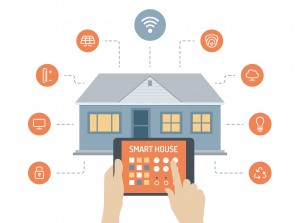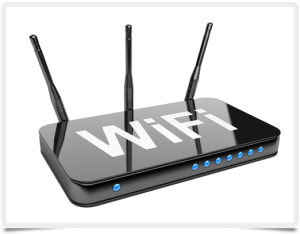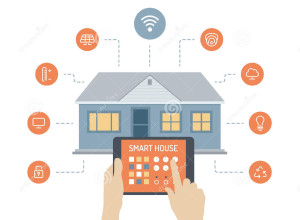 Consumers are just beginning to consider smart house features. New homes can be easily upgraded to add various smart house features. WiFi thermostats, cameras, alarm systems and auto door locks are just a few examples. But is it worth it? Does the money you spend provide sufficient pay back or peace of mind? This is what many consumers are thinking about. Turns out ir really depends on your life style, your wallet, interest in technology and of course the value of your possessions you are trying to protect by alarm systems.
Consumers are just beginning to consider smart house features. New homes can be easily upgraded to add various smart house features. WiFi thermostats, cameras, alarm systems and auto door locks are just a few examples. But is it worth it? Does the money you spend provide sufficient pay back or peace of mind? This is what many consumers are thinking about. Turns out ir really depends on your life style, your wallet, interest in technology and of course the value of your possessions you are trying to protect by alarm systems.
Considerations for Your Smart House
WiFi Thermostats – a useful tool if you need to monitor or change your temperature settings while you are away from the home. Consumers who travel a great deal will appreciate being able to check on your homes temperature remotely and also make adjustments. Many will also send alerts based on your specifications.
Camera Systems – monitor your home while you are away and can provide alerts as well as evidence if intruders enter your home. These systems can be expensive.
Lighting Systems – automated lighting systems are probably the most useful when it comes to making your home look like someone is home. They are also inexpensive.
Alarm Systems – unmonitored systems are useful along with tags on windows to deter thieves. A monitored system will alert the alarm center who in turn will call you and the police. False alarms can be expensive if the police are dispatched. Have the system call your cell phone and then check cameras for intruders can be more useful.
Auto Door Locks – hand with young kids who are leaving for school and forget to lock the door. Can be expensive.
Many of the above systems can be combined into one monthly rental cost. However you need to evaluate the benefits vs. the cost before proceeding.



